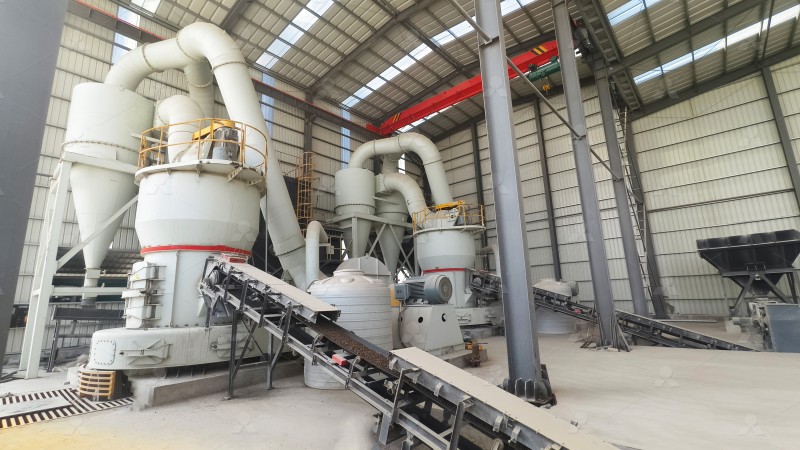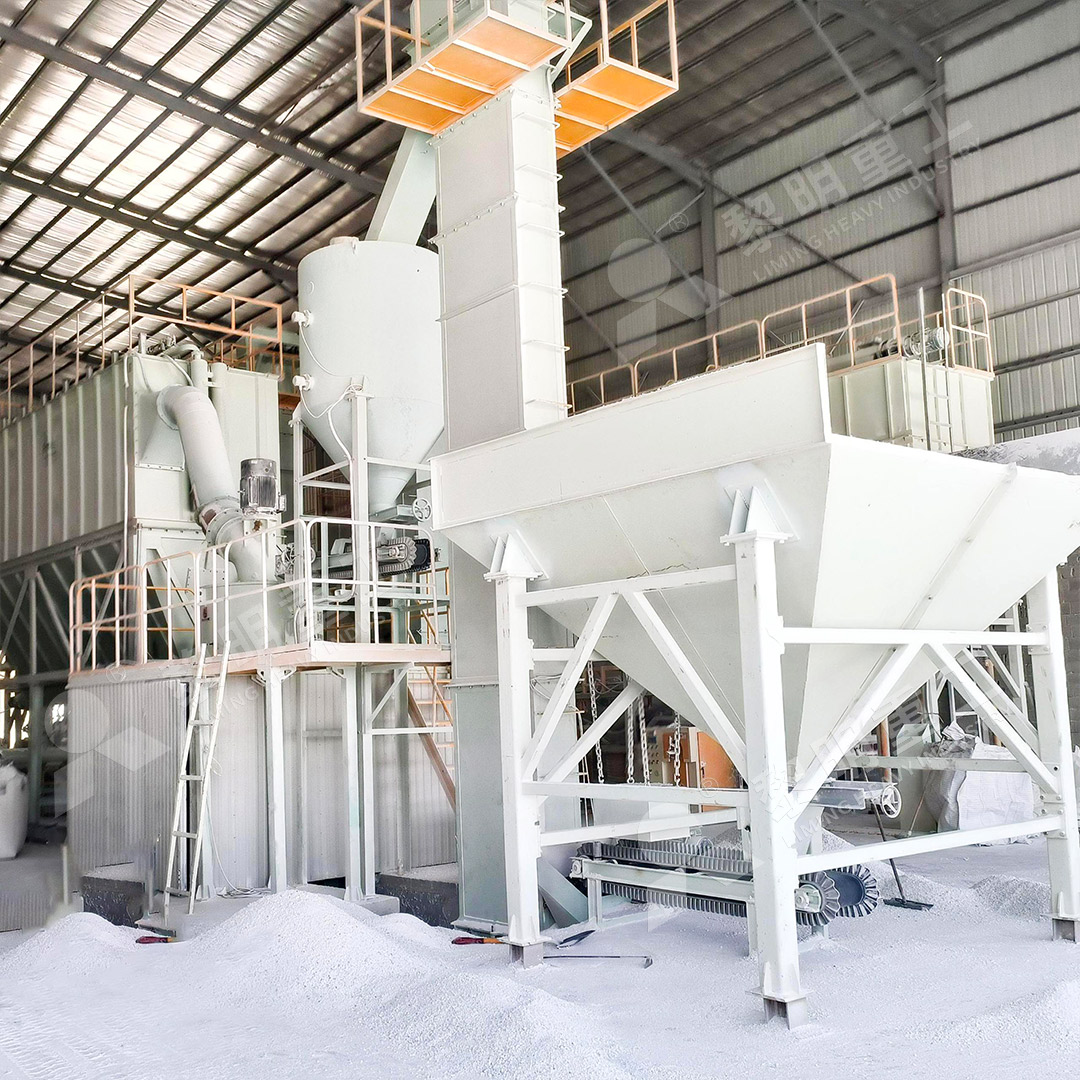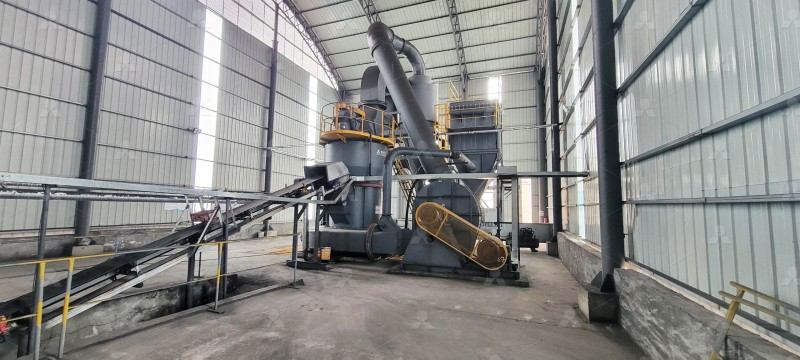Applications of Talc Powder in Leather Manufacturing Process
We provide a wide range of mills — including Raymond mill, trapezoidal mill, vertical mill, ultrafine mill, and ball mill, obtained ISO9001 international quality certification, EU CE certification, and Customs Union CU-TR certification. Suitable for processing minerals such as limestone, phosphate, quicklime, kaolin, talc, barite, bentonite, calcium carbonate, dolomite, coal, gypsum, clay, carbon black, slag, cement raw materials, cement clinker, and more.
The discharge range of these mills can be adjusted to meet specific processing needs, typically from 80-400 mesh, 600-3250 mesh, and can achieve the finest particle size of up to 6000 mesh(D50).
If you are looking for a reliable grinding solution to turn stone or minerals into fine powder, please feel free to contact our online customer service.
Applications of Talc Powder in Leather Manufacturing Process
The leather manufacturing industry is a complex and precise field that relies on a variety of specialized materials to achieve the desired quality, texture, and durability in the final product. Among these, talc powder plays a surprisingly versatile and crucial role. This soft mineral, known chemically as hydrated magnesium silicate, is valued for its lubricity, absorbency, and chemical inertness, making it an indispensable additive throughout the tanning and finishing processes.
Key Roles of Talc in Leather Production
The journey of a hide into finished leather involves several stages where talc proves beneficial.
After the initial tanning process, the leather is often wet and sticky. Talc is generously applied as a drying and separating agent. Its highly absorbent nature helps to draw out residual moisture, preventing the leather sheets from sticking together during storage or transportation. This ensures that the delicate surface grain of the leather remains unmarked and pristine.

Perhaps one of the most critical applications is in the finishing and polishing phase. A fine layer of talc is often applied to the surface of leather goods before they are mechanically polished or buffed. The talc acts as a mild abrasive and lubricant, helping to achieve a smooth, uniform, and high-gloss finish without scratching or damaging the leather’s surface. It fills in minute pores and imperfections, creating a flawless canvas for subsequent dyes or protective coatings.
Furthermore, talc is used as a carrier for dyes and other chemical treatments. Its fine particles can be mixed with liquid dyes to create a paste, making application more controlled and even. This helps in achieving consistent color penetration and vibrant hues across the entire batch of leather.
The Importance of Particle Size and Purity
The effectiveness of talc in these applications is heavily dependent on its physical properties, most notably its fineness (mesh size) and purity. Coarse or impure talc can scratch delicate leather surfaces or introduce discolorations. Therefore, manufacturers require ultra-fine, consistently graded talc powder. This is where advanced milling technology becomes paramount.
Producing such high-quality talc demands grinding equipment capable of delivering precise particle size distribution with high efficiency and minimal contamination. For instance, our MW Ultrafine Grinding Mill is expertly engineered for this very purpose. It is designed to process materials like talc into ultra-fine powder ranging from 325 to 2500 meshes. Its higher yielding and lower energy consumption—40% higher capacity than jet mills with system energy consumption only 30% of them—make it an economically and environmentally smart choice. The absence of rolling bearings and screws in the grinding chamber eliminates concerns about metallic contamination, which is absolutely critical for maintaining the whiteness and purity of talc used in premium leather products.

For operations requiring even greater integration and efficiency, our LUM Ultrafine Vertical Grinding Mill presents an excellent alternative. Integrating grinding, grading, and transporting, the LUM mill is a superb choice for the ultrafine powder grinding industry. It features more energy-saving multi-head powder separating technology, reducing energy consumption by 30%-50% compared to common grinding mills. Its reversible structure allows for easier maintenance, ensuring minimal downtime—a vital factor for continuous production lines in leather chemical supply plants.
Conclusion
From preventing sticky hides from ruining each other to imparting a final brilliant sheen, talc powder is a silent workhorse in the leather industry. Its value is inextricably linked to its quality, which in turn depends on the technology used to produce it. Investing in advanced, reliable, and efficient grinding solutions like our MW and LUM mills is not just an operational decision; it’s a commitment to producing the superior quality materials that the discerning leather market demands.

